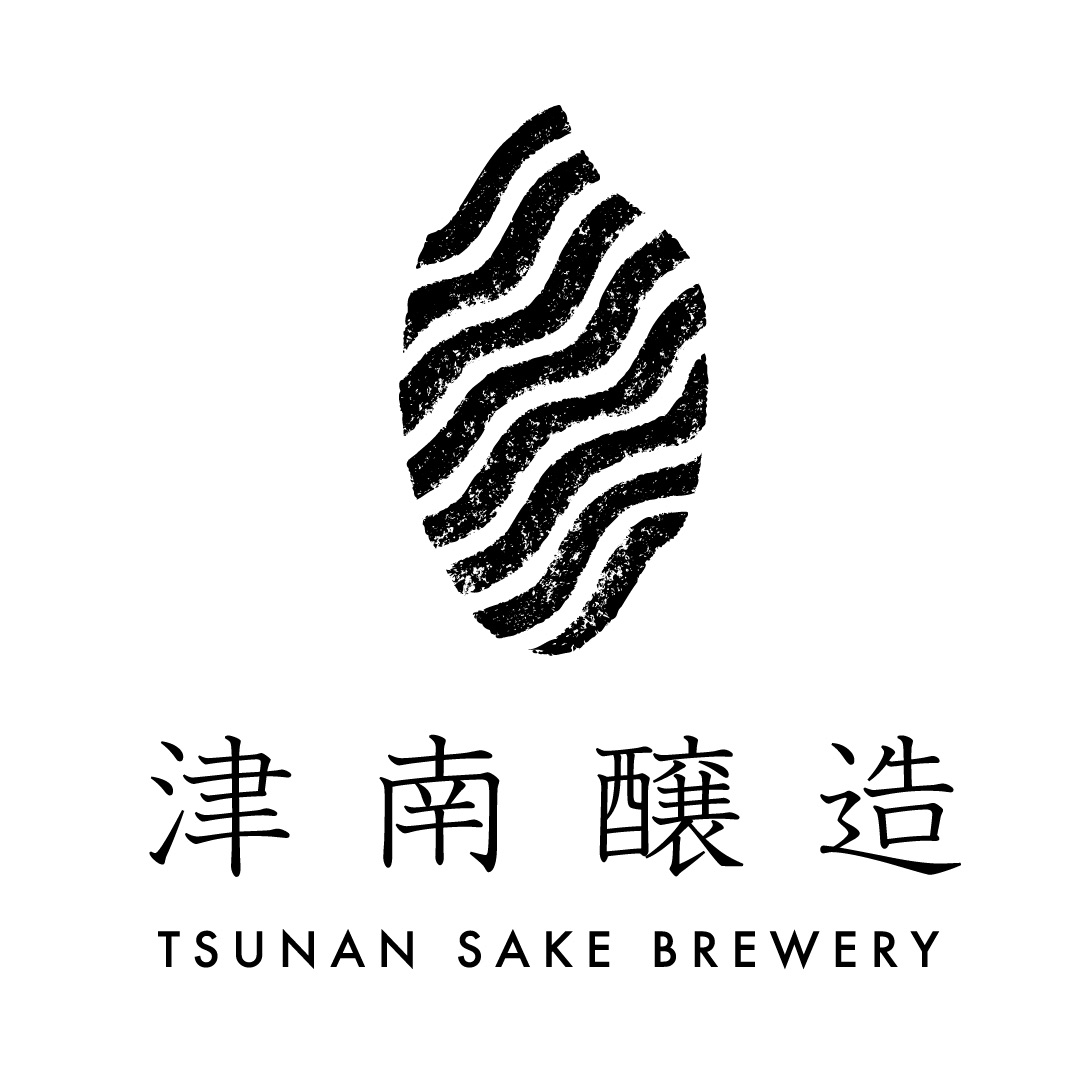CHICAGO — The first commercially produced carbonated soft drink — Dr Pepper — was marketed for its ability to “restore vim, vigor and vitality.” Since its 1885 introduction, many other companies have joined the pick-me-up beverage business. One thing that remained constant among brands for many years was a reliance on sugar and caffeine for quick energy. That has been changing because a growing number of ready-to-drink coffee, tea and energy drink consumers are trying to reduce, or even eliminate, added sugar intake.
“Beverages are one of the most scrutinized categories for sugar reduction,” said Sarah Diedrich, marketing director − global sweetening and texturizing for ADM, Chicago. “A majority of consumers today are looking to reduce their sugar intake, with our research showing that 8 in 10 US adults actively engaged in sugar reduction. However, they won’t compromise on taste.”
If the sugar is replaced, caffeine becomes even more important for energy. However, without the sugar, caffeine can be tough to swallow.
“Sugar has a molecular impact on caffeine,” said Philip Caputo, marketing and consumer insights manager for Virginia Dare, Brooklyn, NY. “It mitigates the bitterness that formulators — and consumers — actively seek to cover up. This bitterness is intrinsic to caffeine, which is why beverages like energy drinks rely heavily on sugar.”
Whitney Johnson, business development technical manager with Sensient Flavors and Extracts, Hoffman Estates, Ill., said, “The more caffeine in the product, the more work you have to do to help cover it up or balance it. With tea products, there’s also astringency from tannins. Energy drinks can have a wide variety of other functional ingredients added, like vitamins, minerals and adaptogens. These can bring a lot of off notes.”
Understanding energy sources
Pick-me-up beverages typically deliver two types of energy. Physical energy, also referred to as metabolic energy, comes from calories. It is produced via the Krebs cycle, a pathway that converts ingested carbohydrates, fats and proteins into a slow, steady stream of energy — adenosine triphosphate — during the process of aerobic respiration. The energy fuels the body’s cells to keep the body working, with the unit of energy measured in calories.
Simple carbohydrates — refined sugar — are absorbed by the bloodstream after ingestion. They are responsible for a fast boost of energy.
Then there’s mental energy, which may come from the stimulant caffeine that is naturally present in coffee and tea leaves. Caffeine has a distinct bitterness that sugar masks. There are other botanical sources of caffeine, such as guarana, guayusa and mate, with each having different flavor and bitterness hurdles.
Caffeine functions by attaching to receptors on brain cells, stimulating the brain and thereby increasing mental alertness. Consumers perceive the stimulation as an energizing jolt, but it is different than metabolic energy.
Metabolic energy from sugar is fast and inexpensive. To replace metabolic energy, formulators are adding protein — animal and plant — for long- and short-term energy boosts. Products formulated as keto friendly may include healthy fats for metabolic energy.
Energy drink brands differentiate by using functional ingredients that assist with metabolic and mental energy pathways. But many come with undesirable flavors. The B vitamins, for example, are known to participate in the Krebs cycle, though they themselves are not metabolized.
“They contribute strong, early onset bitterness,” said Wade Schmelzer, principal food scientist for Cargill, Minneapolis. “Higher levels of overall sweetness and lingering sweetness from high-potency sweeteners have been used to try to minimize these bitter off-notes. However, the lingering sweetness can also be perceived as artificial-like, so typically other ingredients need to be leveraged to help mask the bitterness and improve consumer acceptability.”
Deconstructing and rebalancing
“Sugar is one of the world’s best taste modifiers,” said Casey McCormick, vice president of innovation for Sweegen, Rancho Santa Margarita, Calif. “It can enhance and balance flavors, masking bitterness or astringency from caffeine, antioxidants and energy ingredients. To create great-tasting, reduced-sugar coffee, tea and energy drinks, product developers should deconstruct products into their individual components, such as flavors, sweeteners, acids and preservatives, and then rebalance the entire product to account for the elimination of sugar.”
When reducing or eliminating added sugars in energy beverages, formulators turn to high-intensity sweeteners, which may come with additional taste challenges. Flavors and functional ingredient systems are often necessary, with many formulators striving to keep labels as clean and simple as possible, which is why they often rely on one or more of three high-intensity sweeteners — allulose, monk fruit and many varieties of stevia — perceived as natural.
Allulose brings functional benefits to beverages. It tastes and functions like sugar because it is sugar. It is absorbed by the body, but not metabolized, making it nearly calorie free. Allulose is one of the many types of monosaccharides that exist in nature in small quantities and may be found in certain fruits, including figs, raisins and jackfruit. Allulose has a texture and performance behavior like sugar, providing comparable bulk, sweetness and functionality.
Monk fruit, also known as luo han guo, is a vine-grown subtropical fruit that derives its intense sweetness from naturally occurring antioxidants called mogrosides, which are up to 300 times sweeter than sugar. Monk fruit juice concentrate, a common ingredient format,is about 15 times sweeter than sugar. It is made by crushing the fruit and infusing the crushed fruit with hot water to release its sweet juice. The sweet infusion is filtered to clarify and stabilize the juice.
Stevia currently reigns as the most popular high-intensity sweetener that is perceived as natural. Stevia leaves contain dozens of sweet components; however, the best-tasting ones are present in very low levels. Suppliers in the stevia space continue to invest in technologies to differentiate products and make them more affordable and better tasting.
In many instances, blends of the three high-intensity sweeteners provide the most desirable sweetening curve. And sometimes a touch of sugar may make the taste complete.
Sweet proteins, such as brazzein and thaumatin, add a sweet taste while masking off notes from high-intensity sweeteners. They may be labeled as natural flavor.
Flavors with modifying properties, a growing category in the sugar-reduction space, alter attributes, such as intensifying specific tastes and aromas while reducing others, without contributing any characterizing flavor of their own. They do not contribute sweetness, but many of them are made with high-intensity sweeteners.
“There are also natural flavorings designed to help recover the sweetness perception and original flavor profile of the drink that has been modified by sugar reduction,” said Leigh-Anne Vaughan, senior marketing director, Kerry, Beloit, Wis. “And there are mouthfeel flavor modulators to help recover the mouthfeel and the flavor profile dynamic when sugar content is reduced.”
Sugar’s other functions
“Sugar also functions as a processing aid in beverage manufacturing,” said Grace Kim, beverage technical category manager with Tate & Lyle, Hoffman Estates, Ill. “It can help disperse components of these beverages, like the hydrocolloid systems often utilized in ready-to-drink coffee, the tea powder in teas or the functional mixes in energy drinks.
“Allulose can help here. Allulose provides mouthfeel and helps to disperse harder-to-dissolve ingredients. It also has synergies with other non-nutritive sweeteners that brings the taste profiles closer to the taste of sugar.”
Thom King, chief executive officer, Icon Foods, Portland, Ore., said, “In a ready-to-drink coffee with dairy protein that is thermally processed, allulose will participate in the Maillard reaction and provide a slight caramel note.”
Another approach to providing natural color and sweetness to pick-me-up beverages is to include fruit juices, fruit juice concentrates or fruit essences. It may be possible to make a sweetened with real fruit juice statement.
“We have found our essences can play a role in sugar reduction as they can give the impression of sweetness by taking advantage of the taste-smell connection,” said Gabriel Pereira, senior manager of business development, Kerr by Ingredion, Salem, Ore. “The aromas can trick the brain and give the impression that the beverage is sweeter than it actually is. This is especially useful in the tea, tisane and energy drink categories.”
Agave is another option. It’s sweet, bulky and colorful, too.
“Our agave portfolio fulfills the demand for organic, naturally sourced sweetness with a sweetening potency 25% higher than sucrose, which allows for sugar reduction,” Ms. Diedrich said. “Our agave also offers a neutral sensory profile and comes in light and dark syrups and powder formats, providing ease of use to beverage formulators.”
 Pages you might like
Pages you might like








 Latest information
Latest information
 Follow official account
Follow official account
 Online support
Online support
 鄂ICP备2022017323号
鄂ICP备2022017323号
 鄂公网安备 42018502006493
鄂公网安备 42018502006493
 Launch Exhibition
Launch Exhibition
 Release information
Release information



 Today's topic
Today's topic
















